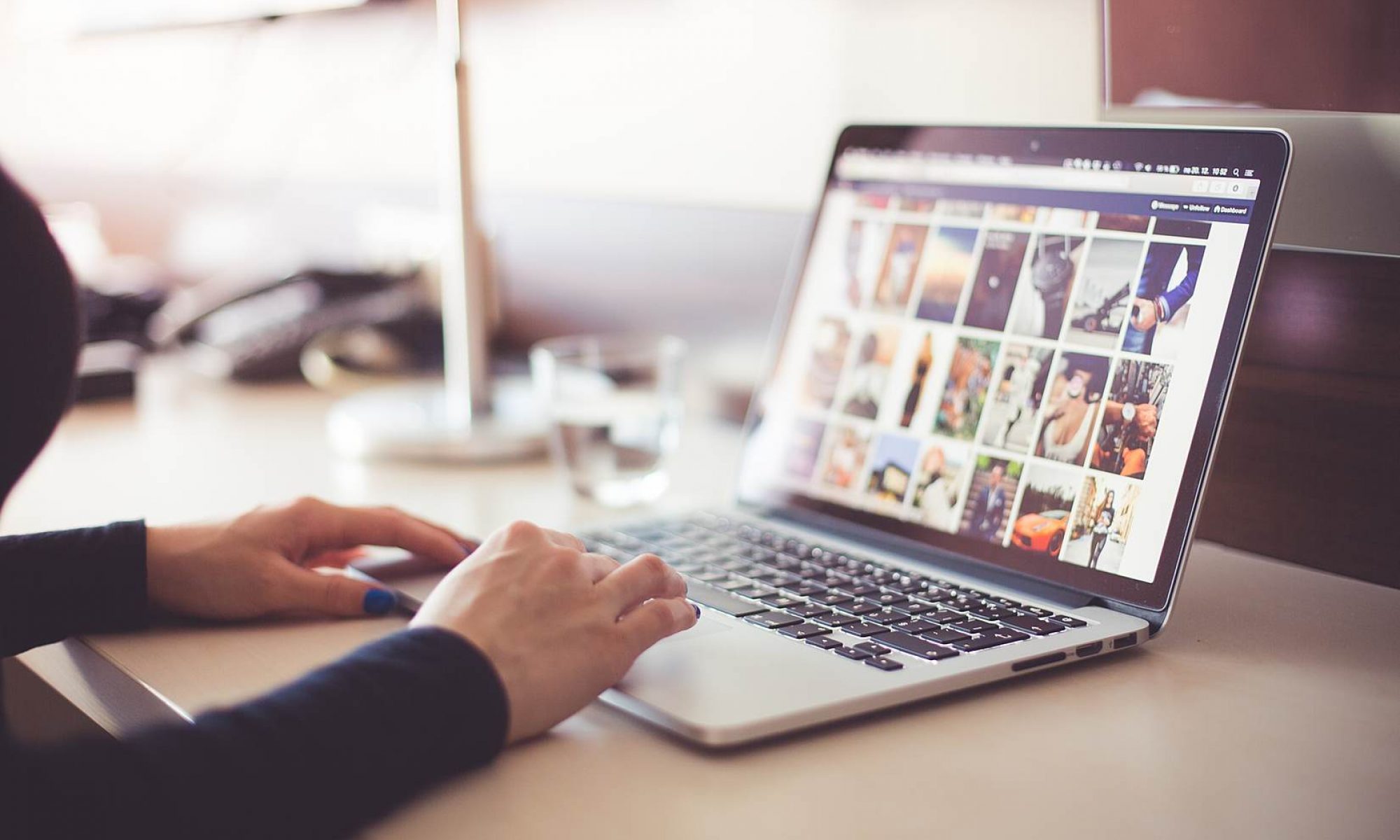As part of my day job, I advise high-profile people about their online presences. Their positions mean they come with greater risk, but the same principles apply to you or I.
Decide what lives online – and what doesn’t.
The first thing I usually get clients to do is think about where their boundaries are. Some people are comfortable talking about their children, some are not. Some are happy to talk about where they are holidaying, others refrain from the details. If you’ve got no clear boundaries, then you won’t know when you’ve crossed them.
Location, location, location
With a lot of social media taking place on our phones, location data is usually overlooked. Sure, we do things like not check in to a place until we’re leaving it, but have you thought about the metadata attached to your photos? Confused? When GPS is enabled on your phone or camera, often the location of the photograph is right there in the data attached to an image (along with things like capture method, time and more. Google Exif tags if you’re interested). Disabling unnecessary location services can save you a lot of heartache.
Regularly check your accounts!
Social networks have a funny way of changing your privacy settings on you. Check your Facebook ones, your Facebook apps, your Twitter apps, LinkedIn settings, and any other accounts you have. Set a reminder to do it every few months.
Different platforms for different purposes
Twitter is, by its design, a public forum, so unless you’re sitting on a locked account and only add people you know, you’re going to be interacting with strangers. Facebook, on the other hand, is mostly used for existing relationships, so it can be fine to be a lot more personal there, and keep it to friends only. LinkedIn is for business, so it’s not appropriate to post about your heartbreak or dog. Sort out the platforms and their purposes before you start adding everyone.
Different passwords, security checks
Facebook allows you to register specific computers or phones, and remotely log out sessions that seem suspicious. Google use a two-step verification system via a text to your phone. Twitter allows you to block browsers via it’s official mobile apps. Don’t use one password for everything, tempting as it is. Once a person gets access to one account, it’s on like Donkey Kong.
Even by doing these things, there’s no guarantee you won’t say something silly and get screenshot, or get hacked by some jerk, but if you’re aware of what’s going on, you can better arm yourself.
